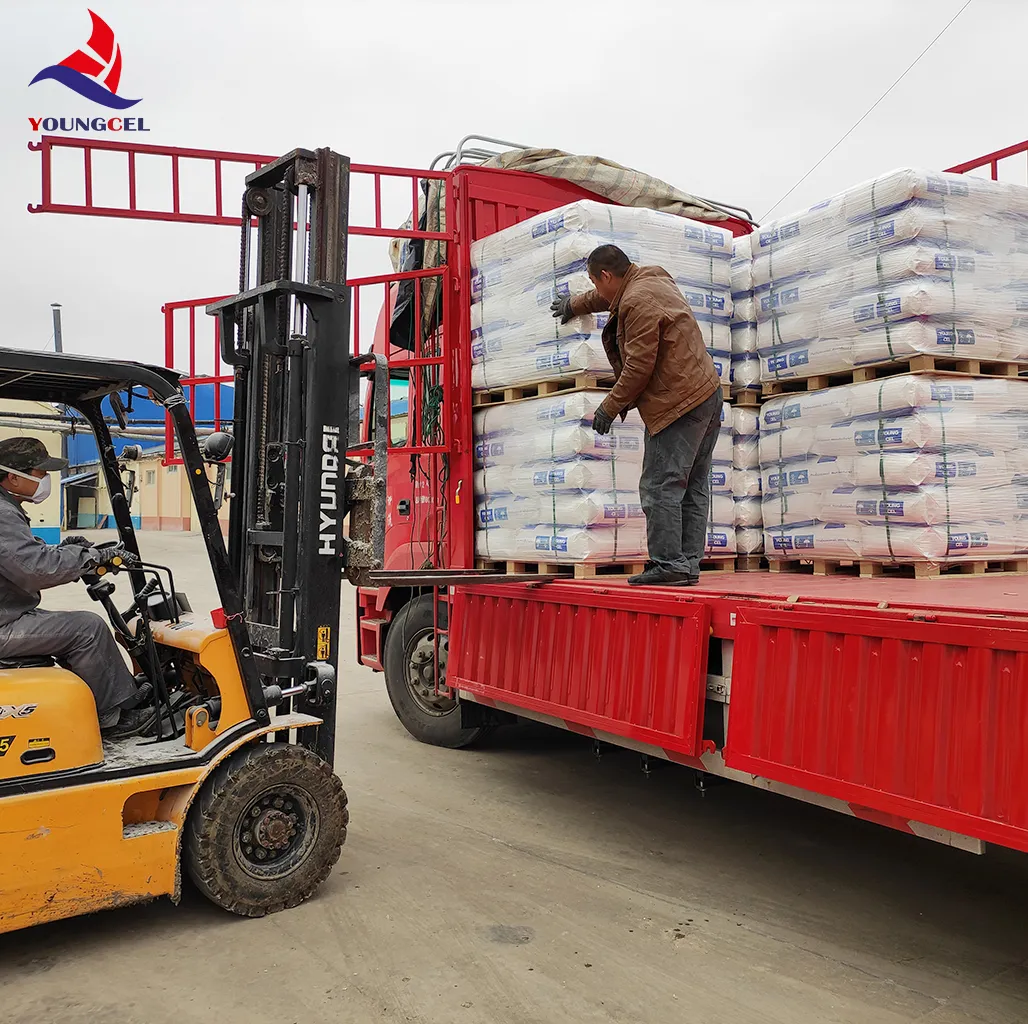Exploring Cellulose The Versatile Polymer
Cellulose is one of the most abundant organic polymers on Earth, serving as a fundamental component of the cell walls in plants, algae, and many other living organisms. Its unique structure and properties make cellulose an essential material in a wide array of industries, from textiles to pharmaceuticals, and its significance in environmental applications cannot be understated.
Cellulose is a polysaccharide composed of long chains of glucose units linked by β-(1→4) glycosidic bonds. This structure gives cellulose its remarkable tensile strength and rigidity, which are crucial for supporting plant structures and enabling them to grow tall and robust. Unlike starch, which serves as an energy reserve, cellulose is primarily structural, providing support to the plant and maintaining its shape.
Exploring Cellulose The Versatile Polymer
In the textile industry, cellulose is primarily found in cotton, one of the most widely used fibers. Cotton fibers, composed mainly of cellulose, are valued for their softness, breathability, and durability. Beyond cotton, cellulose derivatives such as rayon, viscose, and lyocell are also significant. These semi-synthetic fibers are created through the dissolution of cellulose followed by regeneration into fibers, allowing for versatile applications in fashion and home textiles. The unique properties of these cellulose-based fabrics, such as moisture absorption and comfort, make them highly desirable in contemporary fashion.
cellulose polymer

Cellulose's role extends beyond textiles to the food and pharmaceutical industries as well. In food products, cellulose is often utilized as a thickener, stabilizer, or dietary fiber. Its ability to retain water and create texture improves the quality of various food items. In pharmaceuticals, cellulose serves as an excipient, aiding in drug absorption and formulation. Hydroxypropyl methylcellulose (HPMC), a cellulose derivative, is commonly used in controlled-release formulations, enhancing the efficacy of medications.
Furthermore, research into cellulose nanomaterials has gained traction in recent years. These nanomaterials exhibit exceptional mechanical properties and can be used in applications ranging from reinforcing agents in composites to drug delivery systems in medical applications. The development of cellulose nanocrystals and nanofibers opens new avenues for innovation, as they offer the potential for lightweight, strong, and renewable materials in engineering and technology.
Despite its many advantages, the processing of cellulose can be challenging due to its crystalline structure, which makes it resistant to degradation and modification. Advanced techniques, such as enzymatic hydrolysis and ionic liquid treatments, are being researched and developed to enhance the accessibility and functionality of cellulose. This research is critical for unlocking the full potential of cellulose in various applications.
In conclusion, cellulose is a remarkable natural polymer that plays a vital role in both the environment and numerous industries. Its versatility, biodegradability, and abundant availability make it a key player in sustainable development and innovation. As research continues to expand our understanding of cellulose and its derivatives, it is likely that we will see even more applications emerge that capitalize on this incredible polymer, leading to a more sustainable future.
-
The Application and Significance of Construction RdpNewsMay.19,2025
-
Industrial Grade HpmcNewsMay.19,2025
-
Building Coating Adhesive Building Coating Adhesive HpmcNewsMay.19,2025
-
Application Of Hpmc For Detergent For Detergent In DetergentsNewsMay.19,2025
-
Application Of Hpmc Cellulose In Cement-Based MaterialsNewsMay.19,2025
-
Application Of High Quality Hpmc For Construction In The Field Of ConstructionNewsMay.19,2025




